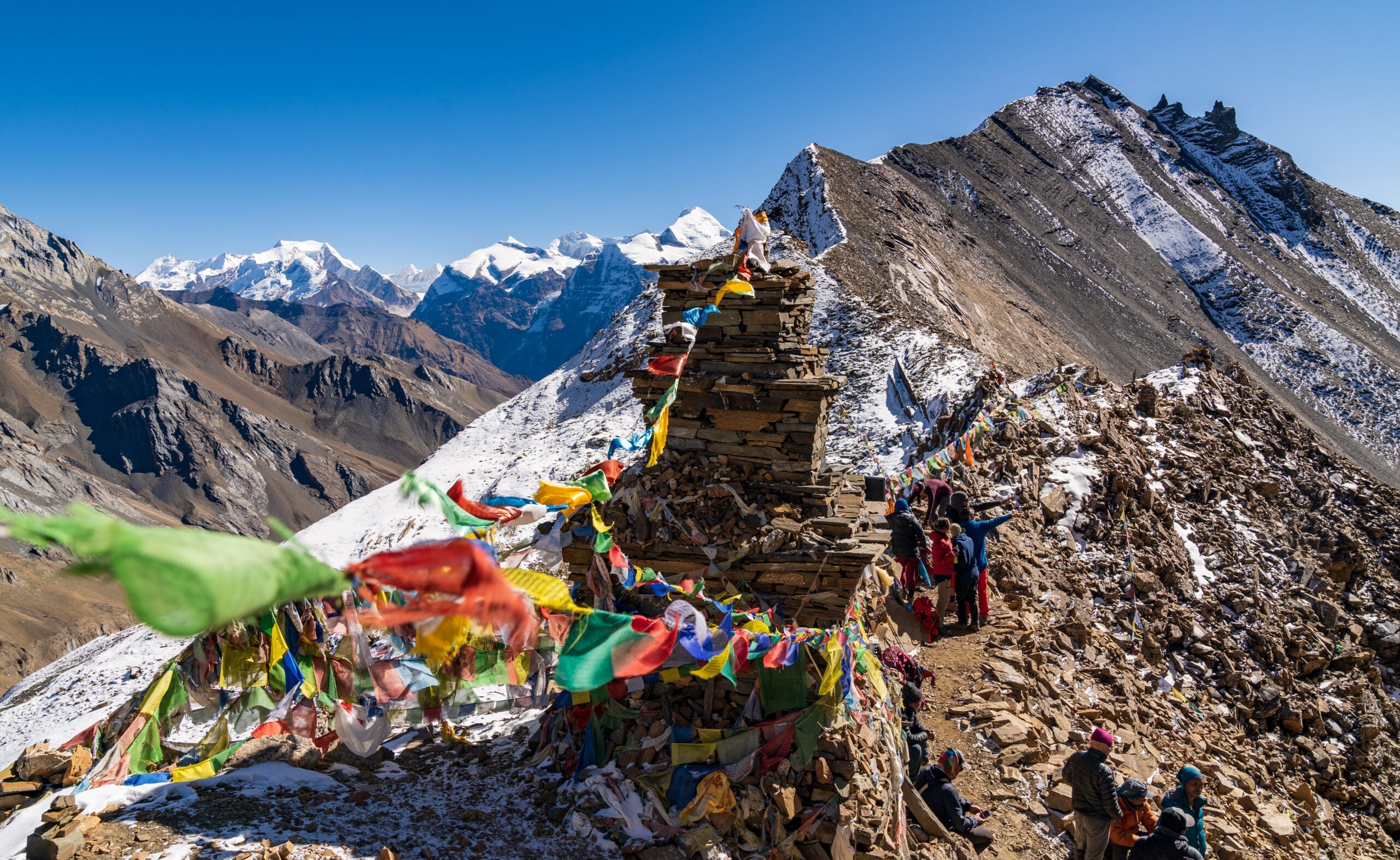If you love travel and you love giving back, you’ll really love combining the two. That’s why we started a program doing just that. Since 2019, we’ve been bringing Backpacker and Outside readers to Nepal to volunteer on projects supporting health and education, and then we go on a trek when the work is done. As Nepal continues to recover from the devastating earthquakes in 2015 and the recent pandemic stresses, we’re supporting infrastructure efforts with a trip that’s half volunteer effort, half trekking, and all fun.
What’s that mean? The first week is devoted to a service project. In fall 2024, we’ll be helping a Nepal-based nonprofit build new classrooms at a school in the village of Kakani, in the hills outside of Kathmandu. No skills are required—just a willingness to roll up your sleeves and work—and we’re making a $500 donation to the project on behalf of every participant.
The second week we’ll embark on a nine-day trek in the Nar Phu valley, a remote region between Annapurna and the Tibetan border. There, we’ll stay in villages that were settled centuries ago by Tibetan communities, visit Buddhist monasteries, and have the opportunity to cross a 17,400-foot pass. We partner with Wildland Trekking and use Nepali guides and porters, and while Himalayan hiking is always challenging, anyone in good shape can do this trek.
It’s the ultimate win-win adventure. In fall 2024, our trip is scheduled October 12-31, and space is limited. Learn more and register.
How can you tell if this trip is for you? Easy, just see if these apply.
You want to make a tangible contribution.
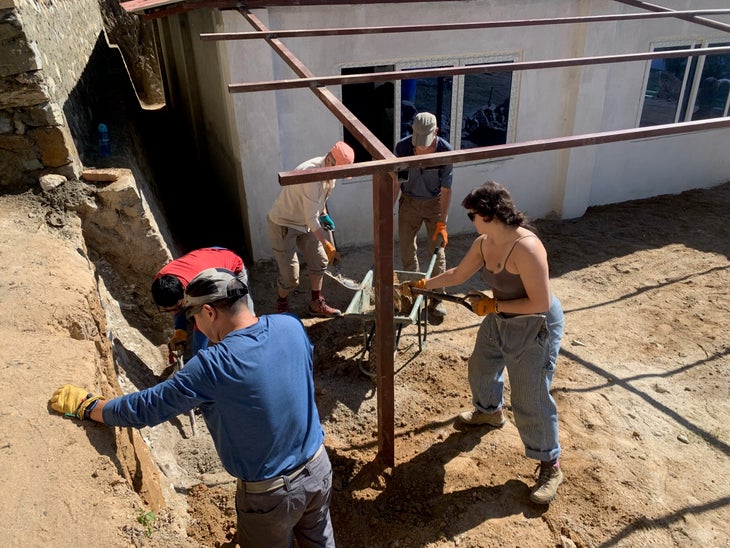
In Nepal, GDP per capita was $1,336 in 2022, according to the World Bank. That makes it among the poorest countries in the world (for comparison, Haiti’s per capita GDP was $1,748 in 2022.) With limited resources, Nepal often lacks critical infrastructure that we take for granted. In Kakani, that means hundreds of families have to travel to Kathmandu for medical services, a problem that was exacerbated by the pandemic. Last year we finished work on a new health clinic, and it’s now serving the local community. This year we’re returning to Kakani to work on a school-expansion project. There’s not enough space in the current building to accommodate the growing student population, and there’s no instruction at all for 11th and 12th graders because of lack of classrooms.
While in Kakani, you’ll meet the kids and families who will benefit from the school project and work alongside members of the community. You’ll make a real contribution to construction (get ready to roll up those sleeves), and know that every ounce of sweat and dollar donated is going directly to a project that locals have said is their highest priority.
You want to experience the world’s greatest mountains.
Nothing against the Rockies or Alps, but the Himalayas start where those mountains end. On the Nar Phu trek, we’ll stay in villages above 13,000 feet, in the shadow of 20,000-foot peaks. On an optional day hike to Himlung Himal base camp, at 16,000 feet, we’ll walk above a massive glacier. But it’s not just the scale that makes the Himalayas so unique. It’s also the people, who have mastered the art of living in some of the world’s harshest conditions.
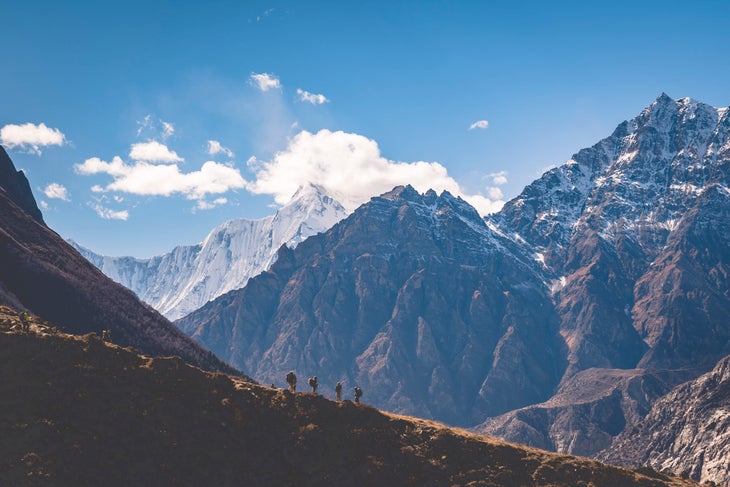
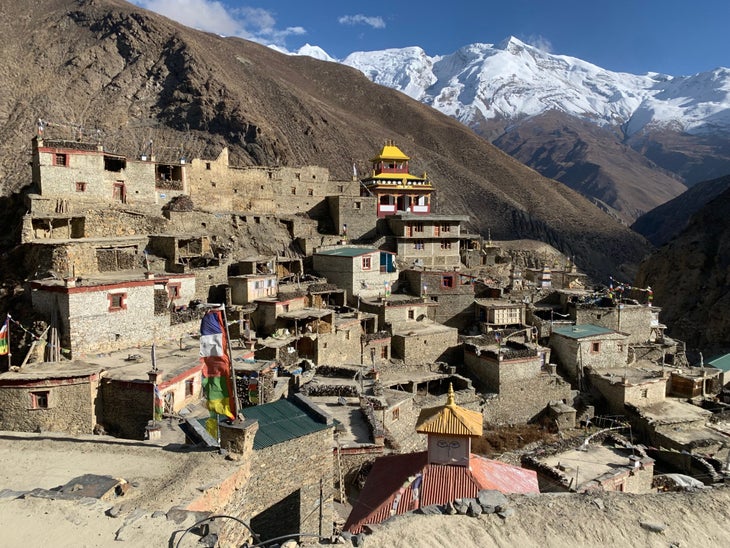
You want to experience teahouse trekking.
We won’t be sleeping on the ground or cooking dehydrated meals on this trek. Nepal’s famously hospitable teahouse culture is something every hiker should experience. The Nar Phu Valley, which was off-limits to trekkers for decades, is relatively undeveloped, so lodging is basic compared to popular routes like Everest Base Camp and Annapurna. But you still get cozy rooms, homemade curries and momos, and hot tea morning, noon, and night.
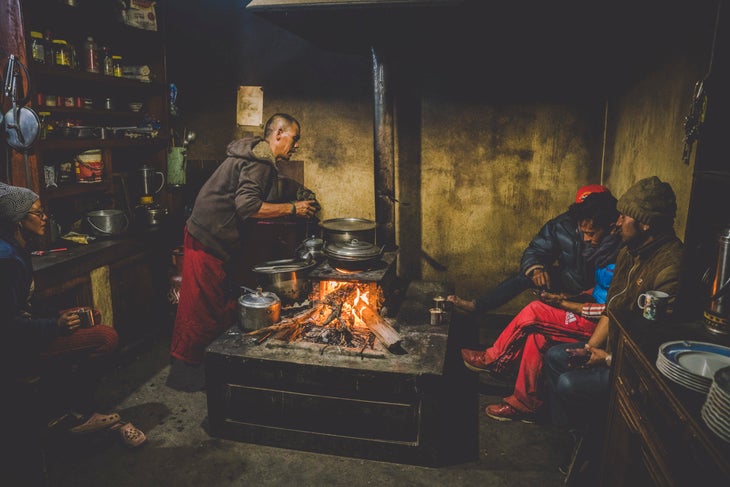
You want to challenge yourself.
For most North American hikers, climbing a fourteener is about as high they’ll ever get without boarding a plane. On this route, legs and lungs willing, we’ll go more than 3,000 vertical feet higher. The 17,400-foot pass comes near the end of the trek, allowing plenty of time to acclimatize, but it’s still a challenging day that takes most hikers 12 hours (there’s an optional lower route if needed). The reward? Atop the pass, you’ll come face-to-east-face with the Annapurna Range.
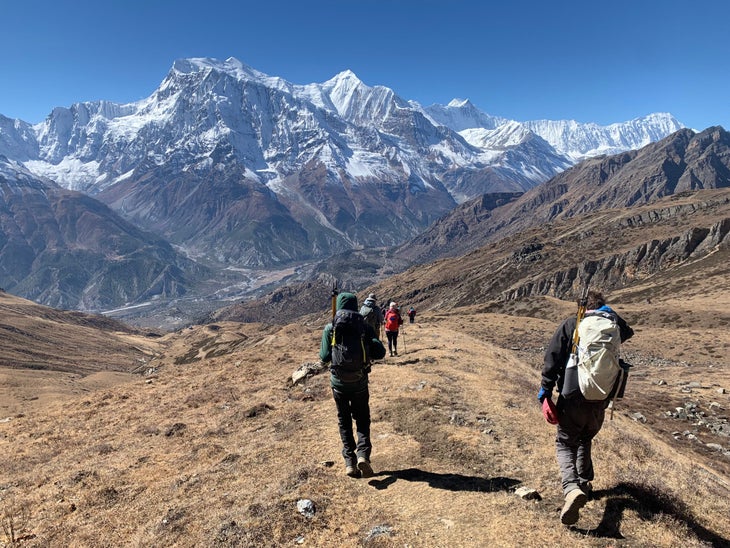
If this sounds like you, join us October 12-31 for the trip of a lifetime. Learn more and register.
Special thanks to Grayl, which equipped our team with water filters. Traveling in a developing country requires constant care when it comes to drinking water. Both in town and on the trail, water could be contaminated with any number of pathogens (such as viruses, bacteria, and protozoan cysts). The Grayl GeoPress Water Filter and Purifier Bottle eliminates those contaminants and filters pesticides, chemicals, heavy metals, and microplastics as well. Equipping our team with Grayl purifiers made it easy to treat water in every situation.


